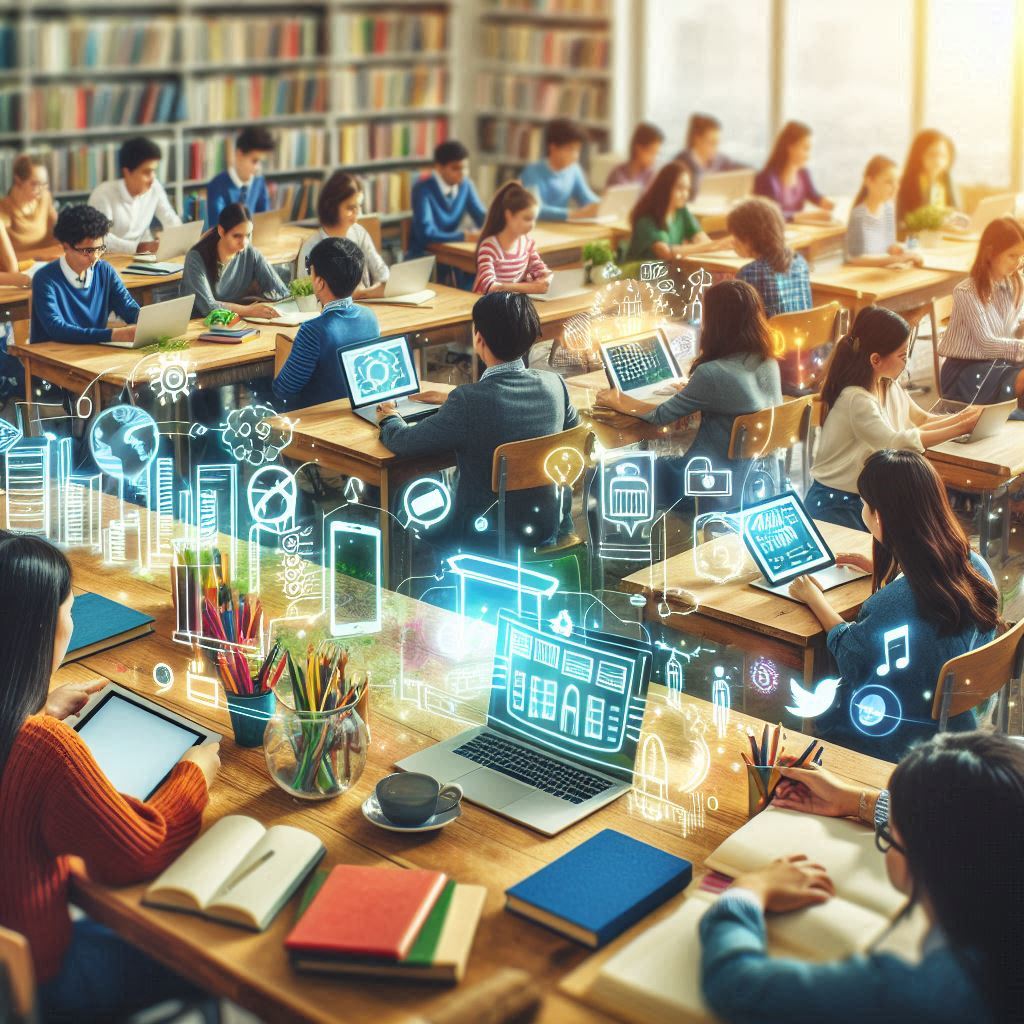From traditional education to digital technologies
DOI:
https://doi.org/10.37711/desafios.2024.15.2.431Keywords:
-Abstract
Trying to respond to the unknown How to unpack the brain? We start from a traditional educational truth. In the period of the Enlightenment (18th century), Jean-Jacques Rousseau, considered as the discoverer of the child, in his work Emilio, or of education ([1762] 2016), political and philosophical treaty, asks that, together with the development of intelligence, understanding and reason, also attends to feelings, emotions, impulses, that is, to say, to the same life and life In all its integrity. It also maintains that man is good by nature, while living in an inevitably corrupt society in which it is required to be taught to be above all man. In his own words: "The trade that I want to teach him is the trade of living. I recognize that when I leave my hands he will be neither a magistrate nor a priest: he will be first man" (p. 36). However, the historical changes that occurred in society at that time allowed for a social environment more compatible with educational organizations.
Downloads
References
Aristóteles. (2014). Ética a Nicómaco. Alianza.
Barón Ramírez, N. A. (2026). Conectivismo [Reseña]. (Cátedra I+TI, # Expande TU mente). Universidad de Colima.
https://portal.ucol.mx/content/micrositios/260/fle/conectivismo_resena.pdf
Ley Universitaria Ley N.º 30220. (2014, 9 de julio). Congreso de la Republica. Diario Ofcial El Peruano N.º 12914.
Peñaloza Ramella, W. J. (2005). El Currículo Integral (3ª ed.). Universidad Nacional Mayor de San Marcos. https://curriculoyevaluacion.wordpress.com/wp-content/uploads/2012/08/curriculo.pdf
Rousseau, J-J. ([1762]2016). Emilio, o De la educación. Ediciones de la JUNJI. https://stgaccdatostransparencia.blob.core.windows.net/wpqa/2016/12/Emilio-o-De-la-educaci%C3%B3n.pdf
Siemens, G. (2005). Connectivism: A learning theory for the digital age. International Journal of Instructional Technology and Distance Learning, 2(1). http://www.itdl.org/Journal/Jan_05/article01.htm

Downloads
Published
Issue
Section
License
Copyright (c) 2024 Uladislao Zevallos Acosta

This work is licensed under a Creative Commons Attribution 4.0 International License.
a. Authors retain copyright to their published works, granting the journal the right of first publication.
b. Authors retain their trademark and patent rights, as well as rights to any process or procedure described in the article.
c. Authors retain the right to share, copy, distribute, perform, and publicly communicate the article published in the journal (e.g., by placing it in an institutional repository or publishing it in a book), with acknowledgment of its initial publication in the journal.
d. Authors retain the right to republish their work, to use the article or any part thereof (e.g., in a compilation of their work, conference notes, a thesis, or a book), provided they acknowledge the original source of publication (authors of the work, journal, volume, issue, and date).














